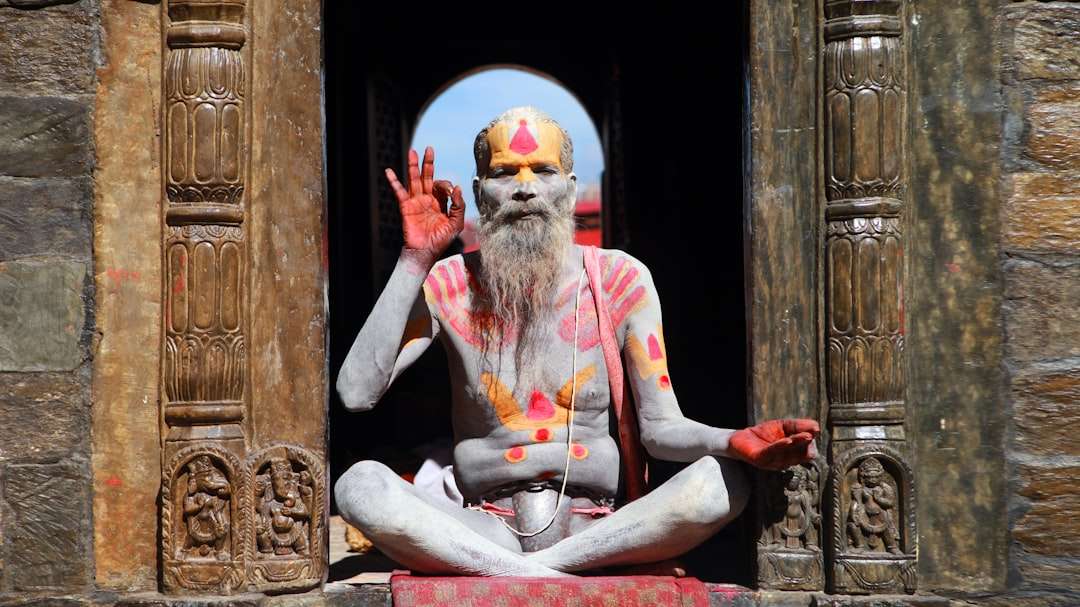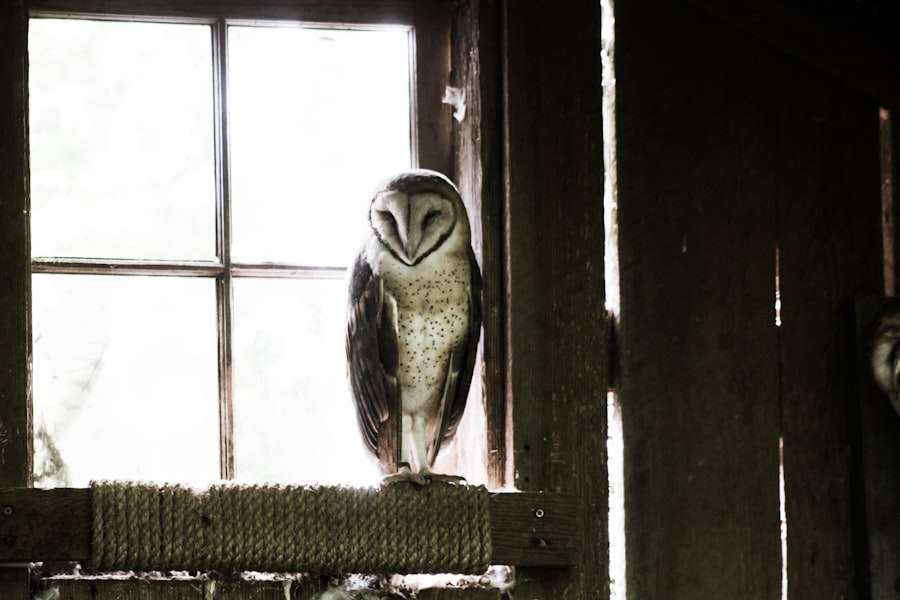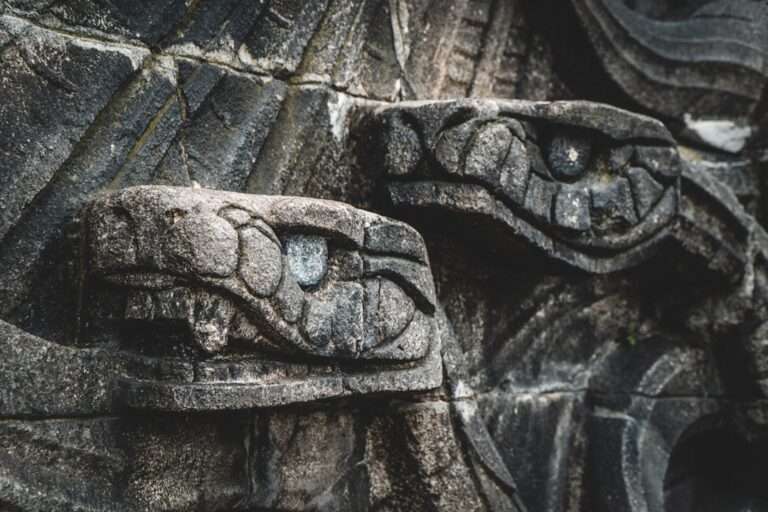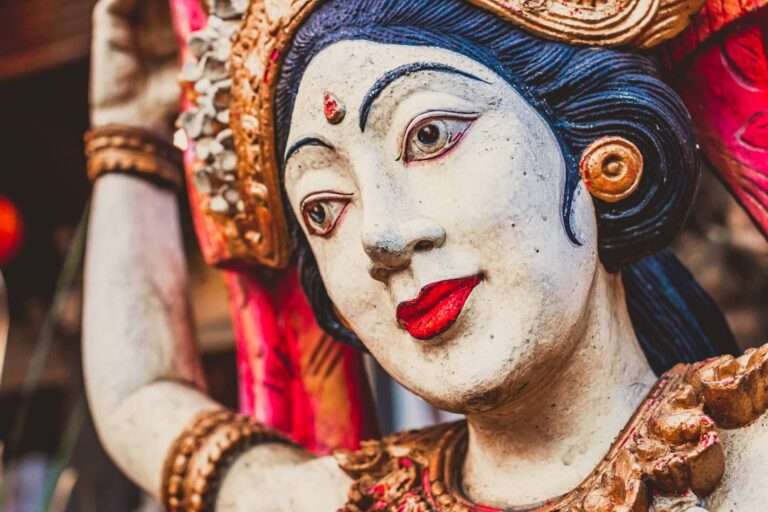What does the owl symbolize in various cultural mythologies?

The owl is a nocturnal bird of prey known for its distinctive appearance and unique adaptations. Owls are found on every continent except Antarctica and comprise over 200 species. These birds are characterized by their large, forward-facing eyes, facial discs, and sharp talons.
Owls possess exceptional hearing and vision, allowing them to hunt effectively in low-light conditions. Their specialized feathers enable nearly silent flight, enhancing their ability to capture prey undetected. Owls have played significant roles in various cultures throughout history.
In many societies, they have been associated with wisdom, knowledge, and foresight. This perception is likely due to their large eyes and seemingly contemplative appearance. However, in some cultures, owls have been viewed as harbingers of misfortune or death.
Scientifically, owls are classified in the order Strigiformes, which is divided into two families: Strigidae (typical owls) and Tytonidae (barn owls). These birds exhibit a wide range of sizes, from the tiny Elf Owl to the large Eurasian Eagle-Owl. Owls are important components of many ecosystems, often serving as apex predators and helping to control populations of small mammals and insects.
Key Takeaways
- The owl is a symbol of wisdom and knowledge in many cultures around the world.
- In Ancient Greek mythology, the owl was associated with the goddess Athena, who was the goddess of wisdom and warfare.
- In Native American folklore, the owl is often seen as a symbol of wisdom, foresight, and protection.
- In Hindu and Buddhist beliefs, the owl is associated with the goddess of wealth, Lakshmi, and is considered a symbol of prosperity and good fortune.
- In African and Egyptian symbolism, the owl is often associated with death and the afterlife, as well as with wisdom and protection.
- In Celtic and European traditions, the owl is often seen as a symbol of wisdom, intuition, and the ability to see what others cannot.
- In modern interpretations, the owl is often seen as a symbol of mystery, intuition, and the ability to see beyond the surface of things.
Ancient Greek mythology
The Owl and Athena
The owl was closely tied to the goddess Athena, the embodiment of wisdom, courage, and inspiration. Often depicted perched on her shoulder, the owl symbolized Athena’s wisdom and foresight. The Greeks believed the owl to be a symbol of protection and good fortune, and it was frequently seen as a guardian of the Acropolis in Athens.
The Owl’s Association with Nyx and Death
The owl was also associated with the goddess of the night, Nyx, and was believed to possess the ability to see through deception and illusion. In addition to its connection to wisdom, the owl was seen as a messenger of death in ancient Greek mythology. The Greeks believed the owl to be a companion of Hades, the god of the underworld, and that it could communicate with the spirits of the dead.
The Owl as a Symbol of Intelligence and Knowledge
In Greek culture, the owl was revered as a symbol of intelligence and knowledge, and it was frequently used as a symbol of wisdom in art and literature. This dual symbolism of wisdom and death made the owl a complex and mysterious symbol in ancient Greek culture, and it continues to be a powerful symbol in modern times.
Native American folklore

In Native American folklore, the owl is often seen as a symbol of wisdom, foresight, and protection. Many Native American tribes believed that the owl had the ability to see beyond the physical world and into the realm of spirits and ancestors. The owl was often seen as a guide and protector, and its hooting was believed to be a message from the spirit world.
In some Native American cultures, the owl was also associated with death and transformation, and it was believed to have the ability to guide the souls of the departed to the afterlife. The owl was also seen as a symbol of intuition and insight in Native American folklore, and it was often called upon for guidance and wisdom. Many tribes believed that the owl had the ability to reveal hidden truths and secrets, making it a powerful symbol of knowledge and understanding.
The owl was also seen as a guardian of sacred knowledge and was often invoked during important ceremonies and rituals. Its silent flight and piercing gaze made it a symbol of stealth and vigilance, and it was often seen as a protector of the tribe.
Hindu and Buddhist beliefs
In Hindu and Buddhist beliefs, the owl is often associated with the goddess Lakshmi, the goddess of wealth, fortune, and prosperity. The owl is believed to be her vehicle or mount, symbolizing her ability to see through darkness and bring light into people’s lives. In Hindu mythology, the owl is also associated with the goddess of learning, Saraswati, and is seen as a symbol of wisdom and knowledge.
The owl is often depicted perched on her shoulder, symbolizing her ability to see beyond the surface and into the depths of understanding. In Buddhist beliefs, the owl is often seen as a symbol of mindfulness and awareness. The owl’s ability to see in the dark is seen as a metaphor for seeing through ignorance and delusion to find true enlightenment.
The owl is also associated with the Bodhisattva Manjushri, who is often depicted holding an owl as a symbol of wisdom and insight. In both Hindu and Buddhist traditions, the owl is revered as a symbol of intelligence, intuition, and spiritual insight.
African and Egyptian symbolism
In African folklore and mythology, the owl is often seen as a symbol of mystery, magic, and transformation. Many African tribes believe that the owl has the ability to communicate with spirits and ancestors, making it a powerful symbol of connection to the spirit world. The owl is often seen as a guide and protector in African culture, and its hooting is believed to be a message from the spirit world.
In some African traditions, the owl is also associated with death and rebirth, and it is believed to have the ability to guide souls to the afterlife. In ancient Egyptian symbolism, the owl was associated with the goddess Isis, who was often depicted with wings like an owl. The owl was seen as a symbol of protection and fertility in Egyptian culture, and it was often used as a protective amulet.
The Egyptians believed that the owl had the ability to see in the dark and protect against evil spirits. The owl was also associated with knowledge and wisdom in ancient Egypt, and it was often used as a symbol of intelligence in art and literature.
Celtic and European traditions

The Owl and the Goddess Cailleach
The owl was often associated with the goddess Cailleach, who was revered as a wise old woman with great knowledge and insight. This association further solidified the owl’s status as a symbol of wisdom and knowledge.
Guiding Souls to the Afterlife
The Celts also believed that the owl had the ability to guide souls to the afterlife, making it a powerful symbol of transition and transformation. This role underscored the owl’s importance in Celtic mythology and its connection to the mysteries of life and death.
Contrasting Symbolism in European Traditions
In European traditions, the owl has been associated with both positive and negative symbolism. In some cultures, the owl is seen as a symbol of wisdom, foresight, and protection. In others, it is seen as a harbinger of death and misfortune. The owl’s nocturnal nature has contributed to its association with darkness and mystery in European folklore, making it a powerful symbol of the unknown.
Modern interpretations and symbolism
In modern times, the owl continues to be a powerful symbol of wisdom, intuition, and insight. It is often used as a symbol of knowledge in education and literature, representing the pursuit of truth and understanding. The owl is also seen as a symbol of protection in many cultures, representing vigilance and watchfulness.
The owl has also become a popular symbol in popular culture, often depicted as a wise mentor or guide in literature, film, and art. Its mysterious nature has made it a popular motif in fashion and design, representing enigma and allure. In conclusion, the owl is a complex and enigmatic symbol that has been revered across cultures for its association with wisdom, intuition, protection, and mystery.
Its symbolism continues to be relevant in modern times, representing our ongoing quest for knowledge, understanding, and insight into the unknown.
FAQs
What is the symbolism of the owl in various cultural mythologies?
The owl is often associated with wisdom, knowledge, and foresight in various cultural mythologies. It is also seen as a symbol of mystery, intuition, and the supernatural in many cultures.
What does the owl symbolize in Greek mythology?
In Greek mythology, the owl is often associated with the goddess Athena, who is the goddess of wisdom. The owl is seen as a symbol of wisdom, knowledge, and foresight in Greek culture.
What does the owl symbolize in Native American mythology?
In Native American mythology, the owl is often seen as a symbol of wisdom, foresight, and protection. It is also associated with the spirit world and is seen as a messenger between the physical and spiritual realms.
What does the owl symbolize in Hindu mythology?
In Hindu mythology, the owl is often associated with the goddess Lakshmi, who is the goddess of wealth and prosperity. The owl is seen as a symbol of prosperity, intuition, and the ability to see beyond the surface.
What does the owl symbolize in African mythology?
In African mythology, the owl is often seen as a symbol of death and misfortune. It is also associated with witchcraft and dark magic in some African cultures. However, in other African cultures, the owl is seen as a symbol of protection and insight.





